

Ben Zachariah
Move over, Patrol: New-era Ford Maverick SUV imagined
14 Hours Ago
Mitsubishi New Zealand has released 2024 Triton pricing, with the top-spec 4x4 model priced the same as a mid-spec 4x2 Ranger there.

Contributor
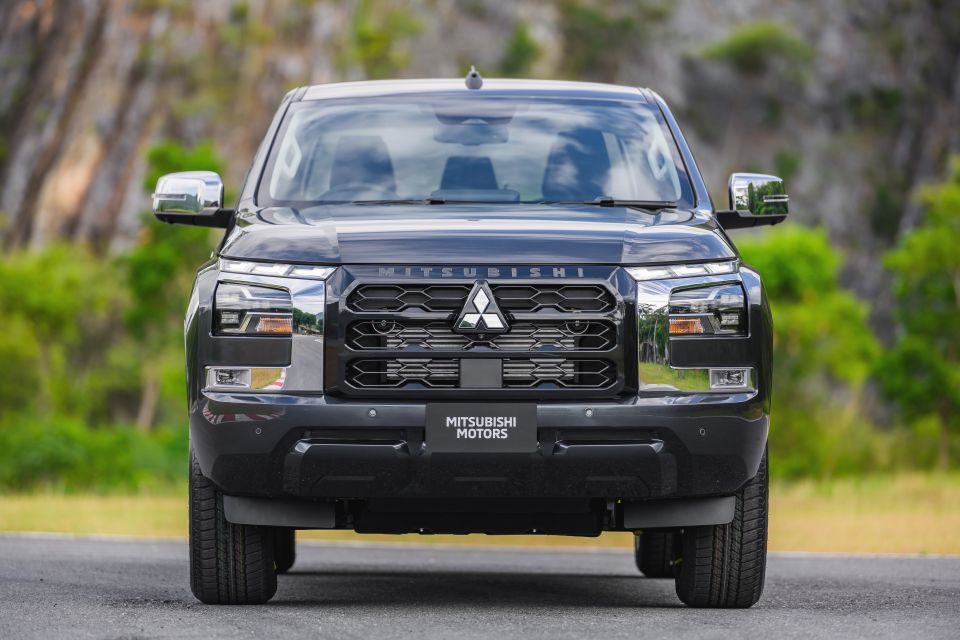

Contributor
Mitsubishi is keeping pricing of its Triton below that of the rival Ford Ranger and Toyota HiLux, at least in New Zealand.
The company’s New Zealand operations have released pricing for the new Triton and even the top-spec model is cheaper there than a mid-spec Ford Ranger.
Australian pricing has yet to be detailed ahead of its launch here in February 2024. The Triton has long undercut equivalent Ranger and HiLux models here.
In New Zealand, pricing starts from NZ$38,690 (A$35,700) before on-road costs for the 4×2 GLX single-cab-chassis and extends to $59,990 (A$55,400) before on-road costs for the flagship dual-cab VRX 4×4.
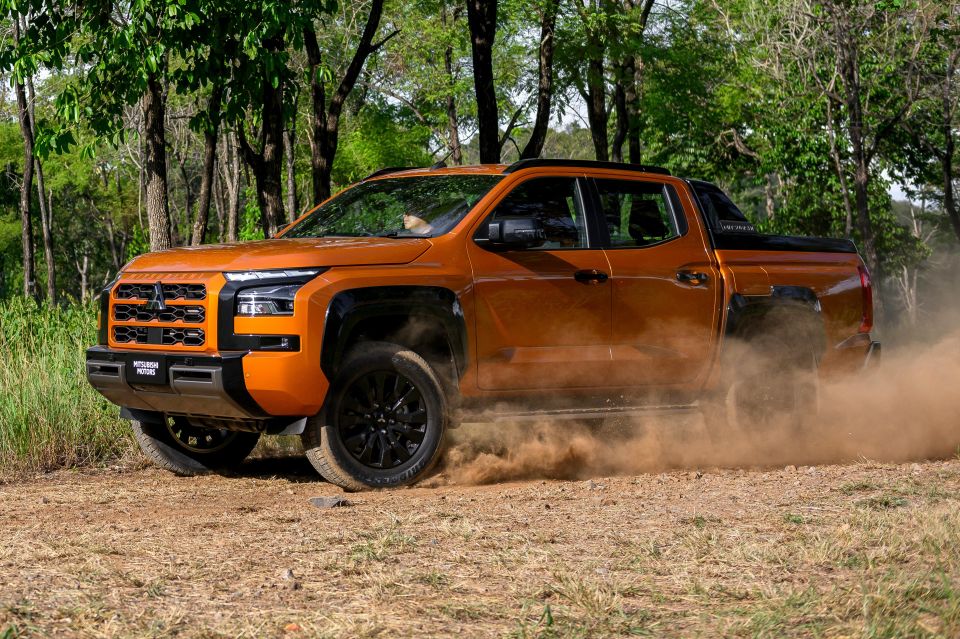
For context, the Ford Ranger in New Zealand opens at NZ$56,490 (A$52,142) before on-road costs for the XL 4×4 single-cab-chassis and extends to NZ$88,490 (A$81,680) before on-road costs for the dual-cab Platinum 4×4.
The flagship Triton VRX is priced up against the dual-cab Ranger 4×2 Sport Bi-Turbo, which costs NZ$59,990 (A$55,373) before on-roads.
It appears despite being a new vehicle inside and out, Mitsubishi is still targeting budget-conscious buyers with its latest Triton.
Australia’s line-up will open with the GLX, initially available solely as a dual-cab ute with either rear-wheel drive or the Easy Select 4WD system.
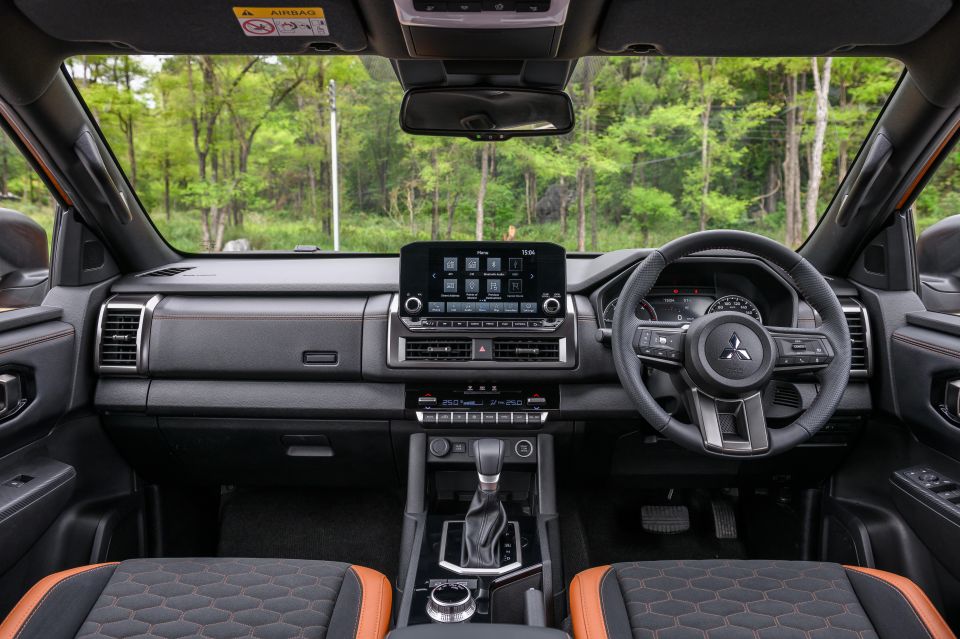
Stepping up to the GLX+ brings the option of either club-cab or dual-cab ute body styles, though it’s available exclusively with the Easy Select 4WD system. It gains a standard rear differential lock, and the GLX+ is the only member of the launch line-up to offer the club-cab ute body style.
The GLS upgrades to the Super Select 4WD-II system, and comes exclusively as a dual-cab ute. A leather interior option is available.
The flagship Triton will remain the GSR dual-cab ute, available exclusively with the Super Select 4WD-II system. As before, it offers an orange hero colour. In the new model, this is called Yamabuki Orange.
Locally, the Triton will have a 2.4-litre bi-turbo four-cylinder diesel engine that produces 150kW of power and 470Nm of torque. It’s mated with a six-speed automatic transmission, though six-speed manual variants will be offered on some variants post-launch.
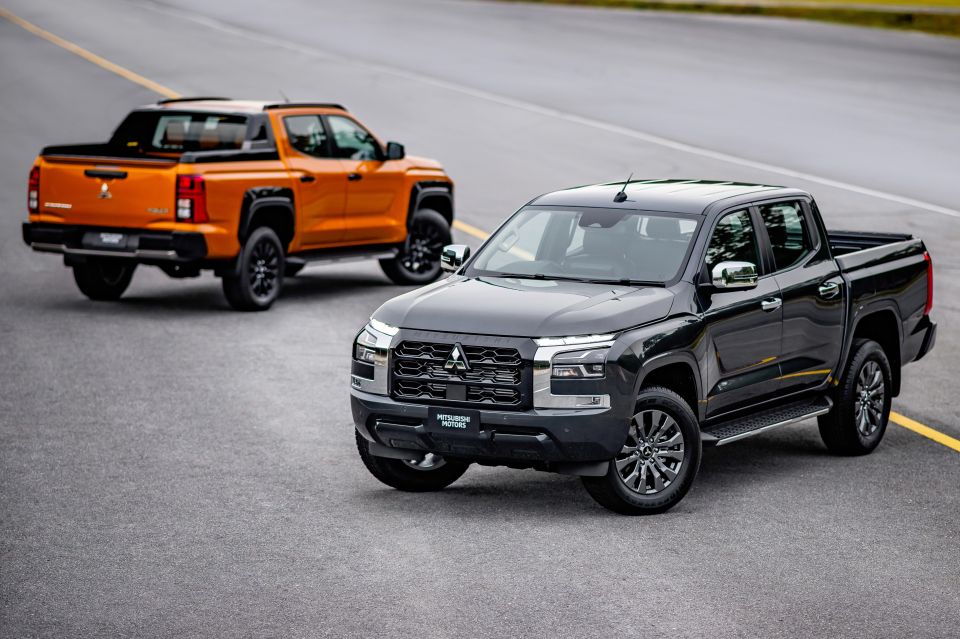
The Easy Select 4WD system available on lower grades offers 2H (rear-wheel drive), 4H (locked centre differential), and 4L (low range) modes.
Models with the Super Select 4WD-II system, in contrast, have 2H (rear-wheel drive), 4H (full-time four-wheel), 4HLc (locked centre differential), and 4LLc (locked centre differential with low range).
Mitsubishi says fuel consumption and additional drivetrain details will be provided closer to launch, but it has confirmed the Triton will have a braked towing capacity of 3500kg.
MORE: Everything Mitsubishi Triton MORE: 2024 Mitsubishi Triton ute range detailed for Australia
Where expert car reviews meet expert car buying – CarExpert gives you trusted advice, personalised service and real savings on your next new car.
Jade Credentino is an automotive journalist currently based in Melbourne, Australia. Jade has had a chance to review a variety of vehicles and particularly enjoys SUVs. She enjoys traveling and going on road trips exploring Australia.


Ben Zachariah
14 Hours Ago


Damion Smy
15 Hours Ago
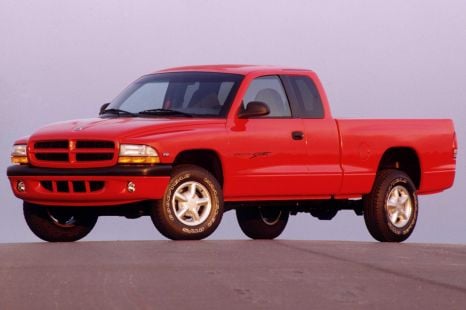

Derek Fung
15 Hours Ago


Ben Zachariah
16 Hours Ago
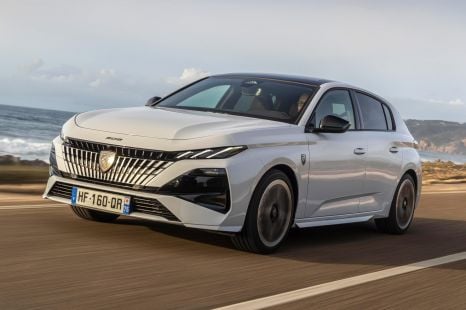

Matt Robinson
22 Hours Ago


CarExpert.com.au
1 Day Ago